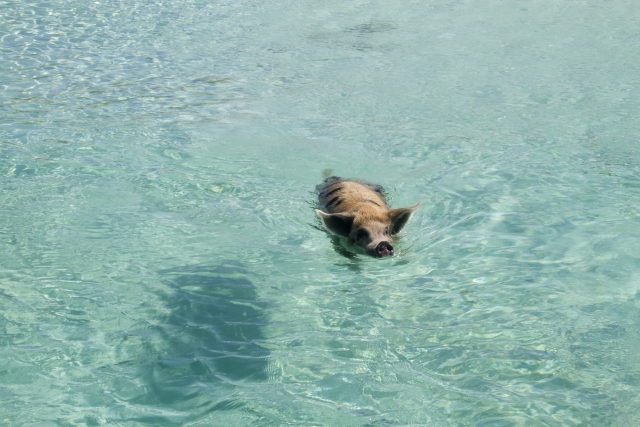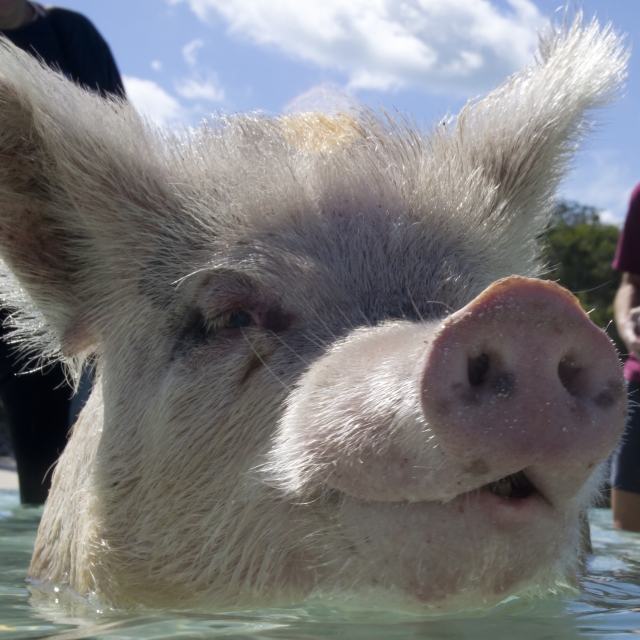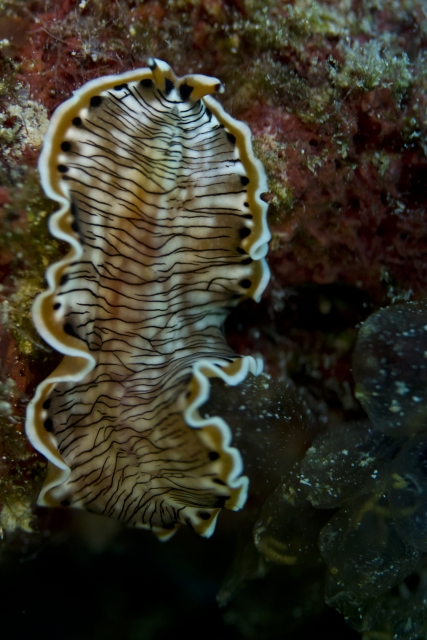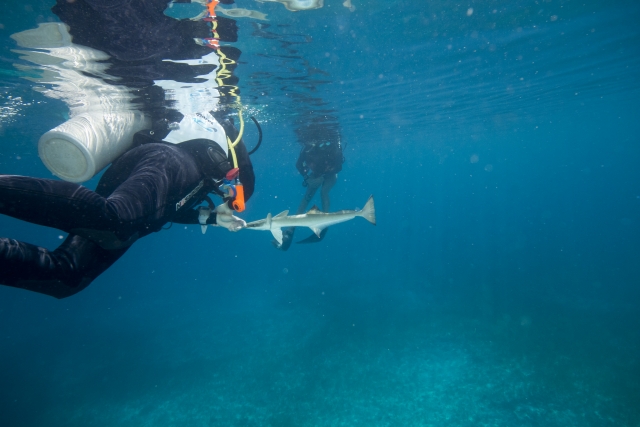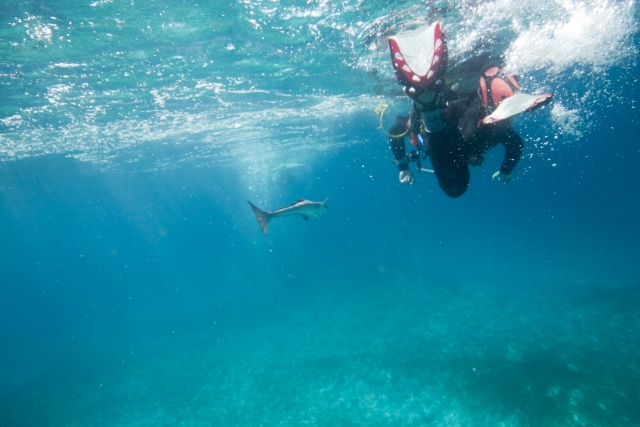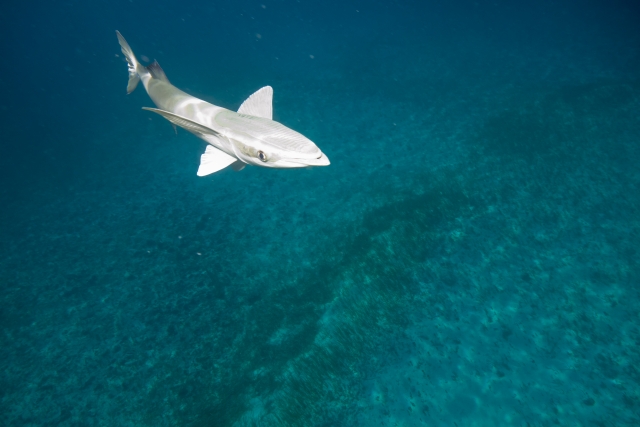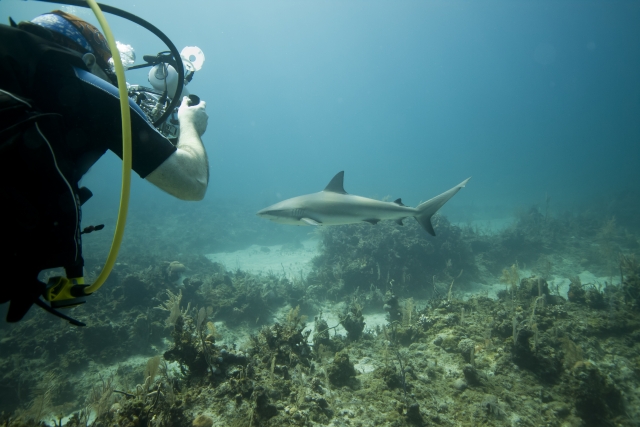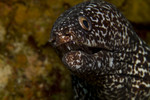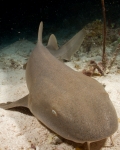aquacat 2014
Aqua Cat: Swimming Pigs
ktuli — Tue, 11/04/2014 - 21:03
Ok - I'll be honest with you... when the Captain announced during breakfast that the first dive of the day needed to be kept from getting too long so that we could skip the second dive of the day to go see the swimming pigs, I honestly wasn't all that excited. I mean seriously... they're just pigs, right?
Well, sort of... they were just pigs... but it was a pretty cool experience.
As we approached the beach aboard the Sea Dog (the Aqua Cat's tender boat), there was quite the welcoming committee, including some that swam out to greet us.
So yeah - pigs might not be able to fly, but they definitely can swim.
The crew had brought a bag of apples for us to feed the pigs, so we spent some time interacting with them. I have some video that I will share soon (I think I want to put multiple clips together into a single video, and so need some extra time for that).
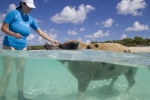 |
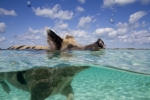 |
 |
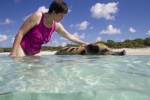 |
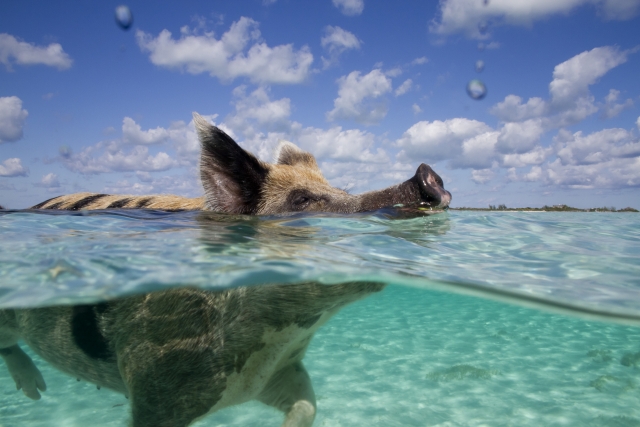 |
|||
So yeah, as it turns out, skipping a dive to visit the swimming pigs of the Bahamas really was worth while. Talking to Brigette about it, I guess they have been on the Aqua Cat vessel a couple times before and the opportunity to visit these pigs didn't present itself, so this really was a treat.
Oh - I did learn one more thing...
These pigs really didn't have a problem with hamming it up for the cameras! (HAH! I couldn't pass that one up!)
Thanks for stopping by!
- Bill
Aqua Cat: Caribbean Reef Shark
ktuli — Mon, 11/03/2014 - 20:40
Ok - as promised... this trip had sharks... lots of sharks... up close and personal...
Man - that was fun... it gets better and crazier (remember - we've got a shark feeding dive coming up later in the week!)
- Bill
Aqua Cat: Lined Flatworm
ktuli — Fri, 10/31/2014 - 18:25
While not technically a nudibranch, Flatworms are still a fun find!
Technical Data: Canon EOS 7D, Canon EF 100mm f/2.8L Macro IS USM, 1/120th sec at f/4.5. ISO 1250. Ikelite Housing and Port with dual Ikelite 161 Strobes. Raw conversion in Adobe Camera Raw.
This is apparently a juvenile Lined Flatworm (Pseudoceros crozieri) - I was confused on the identification until a bit of research turned up that the juveniles of this species have that orange border that will fade as they grow into an adult (and that tidbit of information is lodged in my brain forever now!).
- Bill
Aqua Cat: Remora Visit
ktuli — Thu, 10/30/2014 - 16:38
Another critter that we received a number of visits from on this trip were remoras.
For those who are curious, a remora is a type of fish with a suction-cup like disc on its head that it uses to attach itself to larger animals such as sharks, turtles, etc. It then uses the larger animal to hitch a ride and to also get free meals in the form of scraps. As such, you don't normally see a free-swimming remora without its host animal. Some species grow to about 3 feet long, but usually they seem to be in the 12-18 inch range.
Well, for whatever reason, we had multiple dives where we would see free-swimming remoras without a host animal. On this early dive, the remora was quite interested in our group, and looked like it was ready to latch right onto one of our divers...
First it gave Brigette a bit of a start...
Then it thought about latching onto her scuba fin...
Which garnered enough attention that it quickly became a subject for many of the divers carrying cameras...
Then I think it considered latching onto my leg...
And I think it gave Mike a good chase! (ok, I think this is a coincidence, but it certainly looks like Mike is swimming like crazy to try and get away from it, no?)
It also stopped by to say hi and get petted by Anya...
And finally came in for its close-up photo.
Unfortunately, I was still shooting with the Sigma 10-20mm lens at this point, so I had to be really close to get photos that worked (otherwise everything looked tiny in the frame). Luckily, only a couple more dives before I started figuring things out and getting more consistent results.
Stay tuned!
- Bill
Aqua Cat: Photo Recovery
ktuli — Wed, 10/29/2014 - 19:23
Ok - so admittedly, I had two years of rust on my underwater photography skills when I went on this trip, and it definitely showed. I've had to do some work to salvage pretty much every photo I've kept so far, and each one has needed a pretty heavy dose of cleanup. Then I came to today's photo...
I was about to delete this one; at first glance, it is a complete loss and on any other day, I very well may have just hit the delete key and not thought twice about it. But for whatever reason, something caught my eye, and I wondered if I could recover enough from the file to make a worthwhile image. I ran it through a number of adjustments within Adobe Camera Raw, and then finally processed it into a sepia tone using Nik Silver Efex Pro 2.
I found the end result pretty pleasing to be honest...
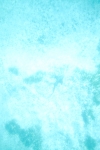 1. Straight out of the camera |  |
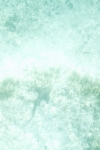 3. Attempted color correction in ACR |
 2. Initial corrections in ACR | 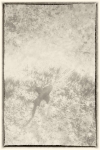 4. Final result after Silver Efex |
Technical Data: Canon EOS 7D, Sigma 10-20mm f/4-5.6 EX DC HSM AF at 14mm, 1/250 sec at f/5.6. ISO 400. Ikelite Housing and Port with dual Ikelite DS 161 Strobes in eTTL mode. Raw conversion Adobe Camera Raw, additional processing in Adobe Photoshop CS5 with Nik Silver Efex Pro 2
What do you think? I think it has the feeling of a pirate's treasure map or such... it just seems fitting and really is a vast improvement from the original. Plus I must have a thing for photos of nurse sharks processed in sepia tone...
Thanks for stopping by!
- Bill
Aqua Cat: Popular Photo Subject
ktuli — Tue, 10/28/2014 - 20:55
Well, sharks - Caribbean Reef Sharks to be precise - were probably the marquee critter on this trip, so we might as well get right into them now.
The other diver in this shot is our friend Jim (or "Ferris"), and as the two of us lined up to take shots of this shark, I thought it might be cool to show another diver in the frame. It also helped that I was shooting with the Sigma 10-20mm super-wide-angle lens to let me get plenty of stuff in the frame. What that lens didn't help was maintaining size perspective as it compressed a wide area into the frame making the shark (which is probably about 15 feet away from us) look much smaller than it was (probably about 6-8 feet long).
Technical Data: Canon EOS 7D, Sigma 10-20mm f/4-5.6 EX DC HSM AF at 14mm, 1/120 sec at f/5. ISO 400. Ikelite Housing and Port with dual Ikelite DS 161 Strobes in eTTL mode. Raw conversion Adobe Camera Raw.
There's plenty more to come, so stay tuned...
- Bill
Aqua Cat: Red-Tipped Sea Goddess
ktuli — Mon, 10/27/2014 - 20:12
WOOOOO!!!!!
Ok - so we're back from our scuba diving trip! I've got tons (I haven't even counted to find out an exact number) of photos to process. I'm going to try doing them in order that they were taken, but that may or may not hold up. And I have no idea how long it will take me to get through them all either.
Our first dive ended with a wonderful surprise in the form of three Red-Tipped Sea Goddess nudibranchs sitting on a sponge in the space of about 2 square inches. Unfortunately, since it had been two years since I'd done underwater photography, I was extremely rusty and was fighting with the strobes to try and get a good exposure. I did manage to bring back a few, but I'm not thrilled with the results... hopefully future ones are better.
Technical Data: Canon EOS 7D, Canon EF 100mm f/2.8L Macro IS USM, 1/120th sec at f/5. ISO 800. Ikelite Housing and Port with dual Ikelite 161 Strobes in video light mode (no flash). Raw conversion in Adobe Camera Raw.
For whatever reason, the dual strobes were giving me fits, so I resorted to just using the video lights and shooting with a higher ISO. The result ended up with a bit of motion blur from the slower shutter speed and limited depth of field from the fairly wide open aperture. Unfortunately, since we'd found these nudibranchs so easily, I incorrectly assumed I'd have plenty of opportunities to get other shots of these and other nudibranchs - as it turned out, nudis ended up being fairly difficult to find all week long.
Stay tuned for more as I process other photos.
- Bill


